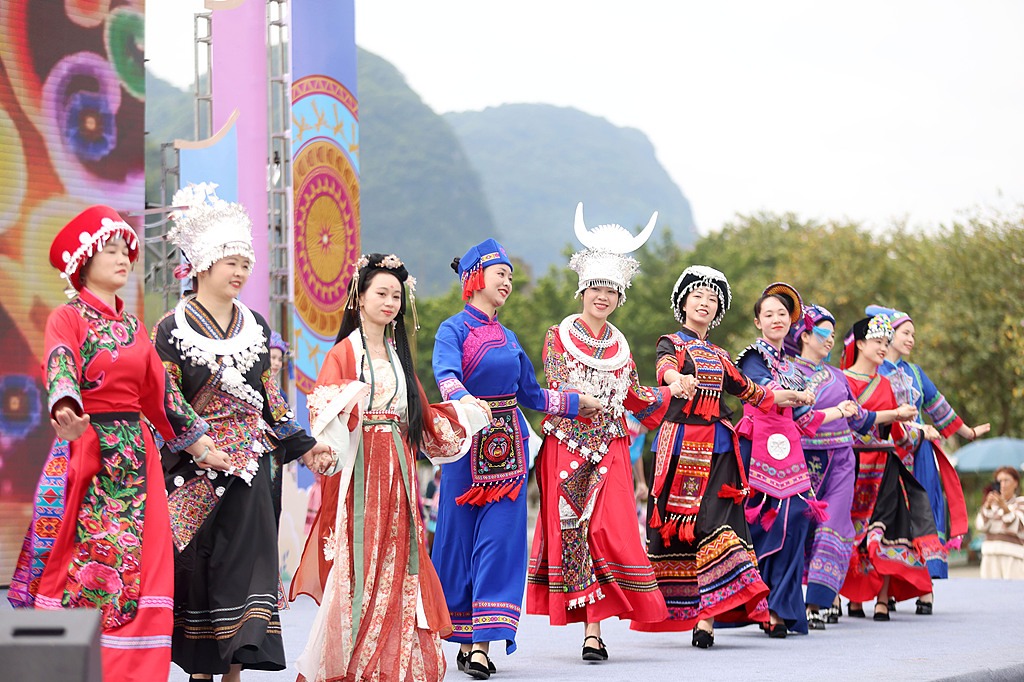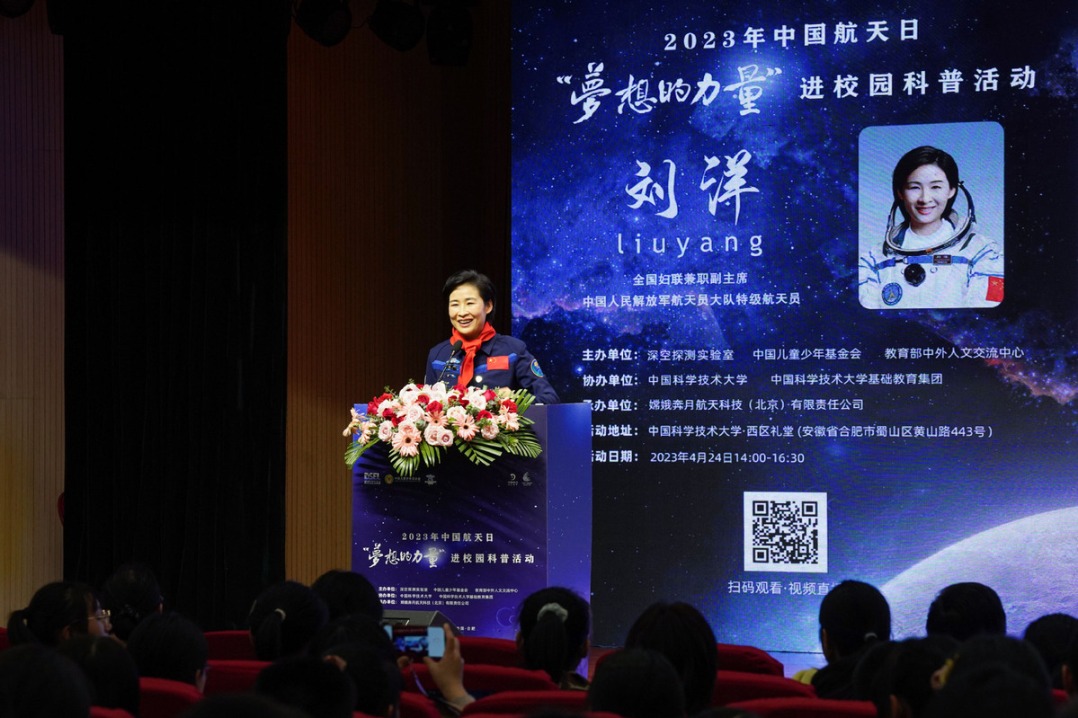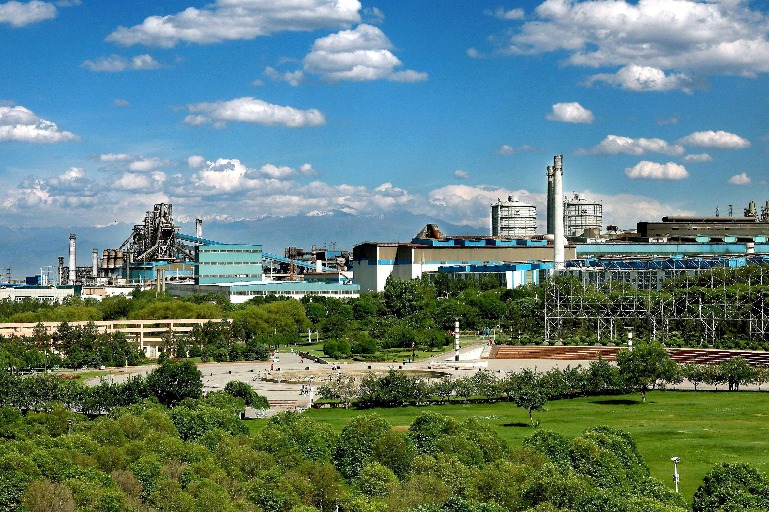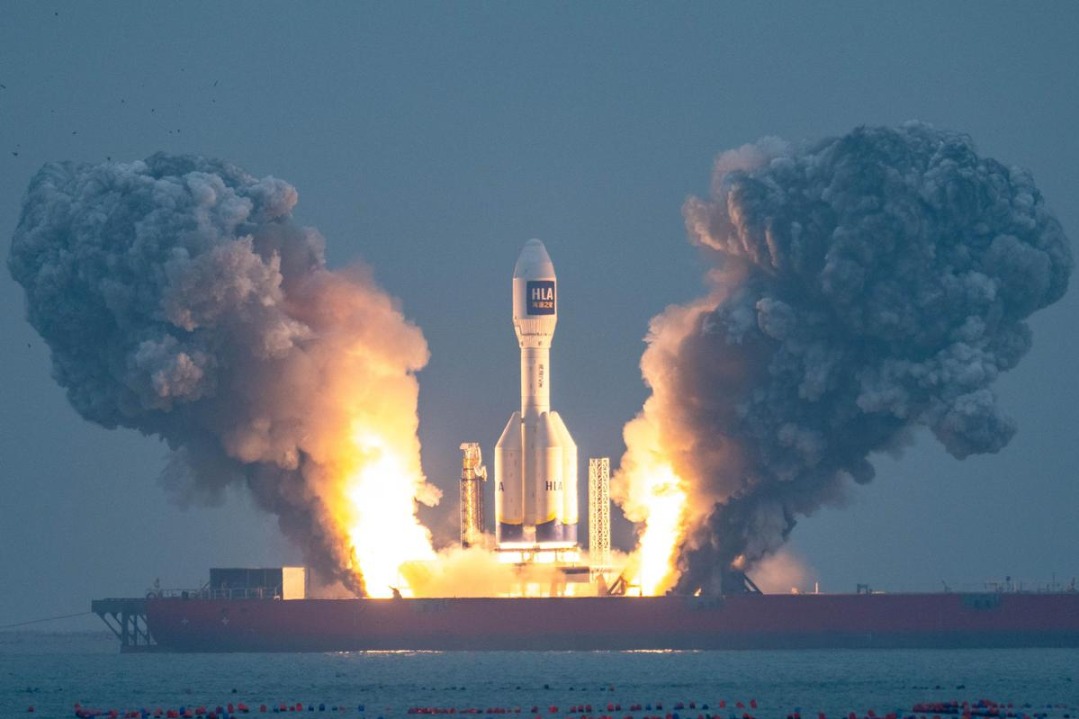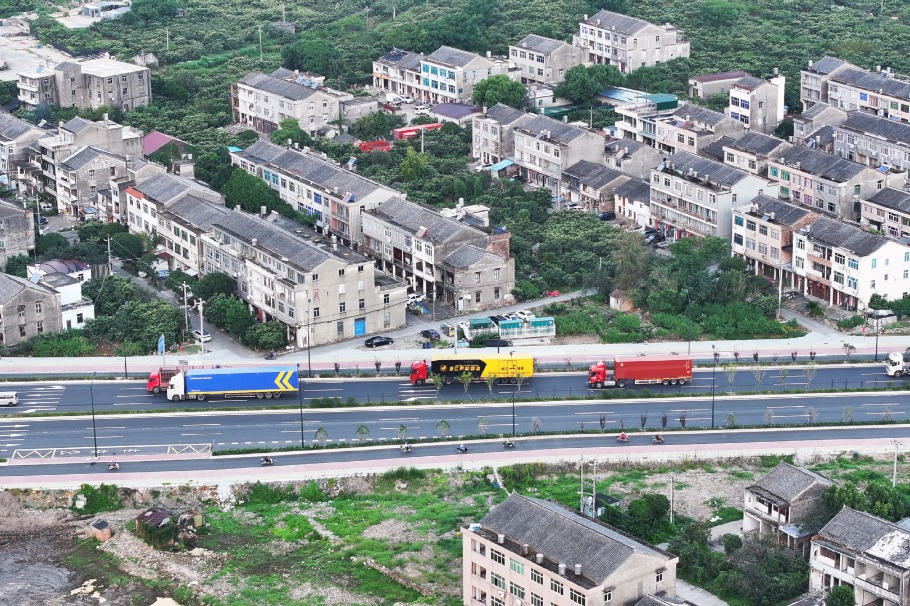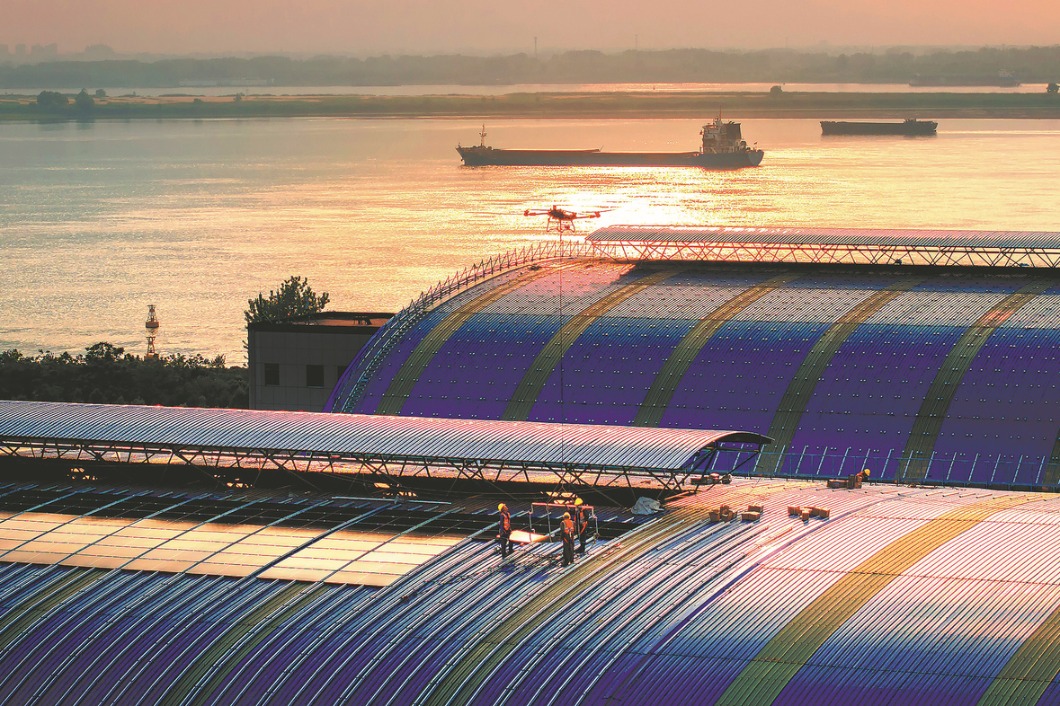A historic catch-up
China's renewable energy generation capacity has overtaken coal power capacity, but to sustain the momentum there is a need for market-based mechanisms

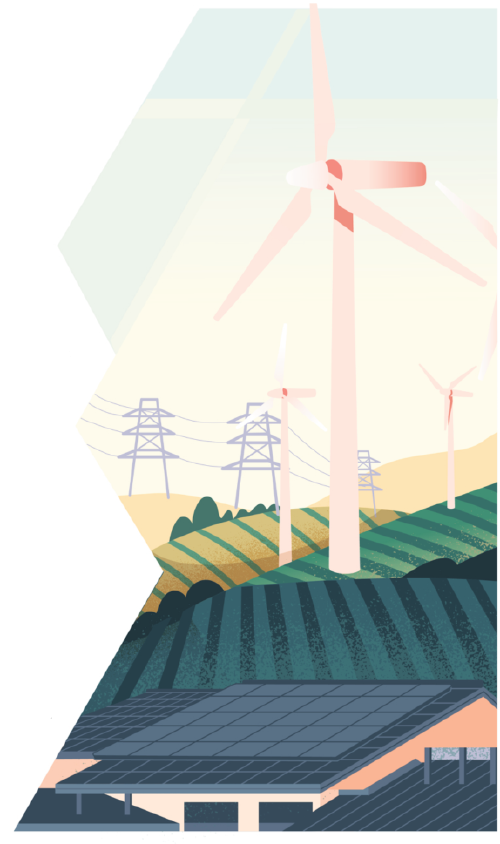
China's renewable energy generation capacity has overtaken coal power capacity, but to sustain the momentum there is a need for market-based mechanisms
According to China's National Energy Administration, as of the end of 2022, the cumulative installed power generation capacity of the country was about 2,560 gigawatts. Of that, renewable energy generation capacity — including hydro, wind, solar and biomass power — reached 1,210 GW, overtaking coal power capacity of 1,120 GW for the first time in a historic catch-up. This is a landmark achievement since China put forth the idea of building a new type of power system.
China has achieved leapfrog development in renewable energy and built a gigantic whole-industry chain by virtue of cost advantages brought by technological advancements and strong policy support. In 2022, China's newly installed capacity of renewable energy further increased to 152 GW, accounting for 76.2 percent of the country's total newly installed power capacity and over 50 percent of all new renewable energy installations globally.
Renewable energy in China is developed under both the distributed and centralized modes. On the one hand, China has been speeding up the construction of large-scale wind and solar power projects in desert and deserted areas, and on the other hand, supporting qualified villages, industrial enterprises and industrial parks to develop distributed energy projects.
Distributed power generation, which generates electricity at or near where it will be used, has further expanded the application scenarios for renewable energy. While mitigating the power scarcity in the load centers in East China, it can also "sink" or move power generation capacity down into the vast rural market to quicken all-round development of renewable energy in China.
In particular, distributed solar photovoltaic projects, which boast the great advantage of more flexibility and convenience in project construction, have been progressing rapidly across the nation. In 2022, the installed capacity of newly added distributed PV power projects reached 51 GW, accounting for more than 58 percent of the installed capacity of all newly added PV power projects and becoming the mainstay of new energy growth.
Although the return on new energy project investment is adversely affected by a phase-out of subsidies, China's new energy sector will maintain strong growth momentum on long-term stimulus from the gradual improvements in the market environment and the country's "dual carbon" goals of peaking carbon emissions before 2030 and reaching carbon neutrality before 2060. The provincial targets for new wind and solar power installations will add to 620 GW during the 14th Five-Year Plan period (2021-25), according to their power plans for the period.
The National Energy Administration expects the electricity generated by wind and solar power to double by 2025 from the 2020 level and renewable power generation to cover more than 80 percent of the national electricity consumption increments by 2025.
The remarkable progress in China's renewable energy sector cannot be achieved without the integrated development of power sources, grids, loads and energy storage, as well as the strong support from institutional innovations.
Before 2018, China witnessed rapid expansion in its renewable energy sector, but a lack of power system flexibility and renewable consumption guarantee mechanisms resulted in a lot of waste, with the electricity curtailment rate being at over 10 percent for many years in a row. In 2016, the curtailed electricity generated by hydro, wind and solar energy reached a whopping 110 terawatt hours. Thereafter, China has been accelerating the enhancing of the flexibility of the power system, such as flexibility retrofits of coal-fired power units, trans-regional electricity transmission, demand response and energy storage facilities, providing the fundamental technological support for the leapfrog growth in renewable energy and much room for renewable integration.
Over the past few years, despite a several-fold increase in new capacity installations for wind and solar energy, the curtailment rate of renewable energy has remained at a reasonable level of no more than 5 percent.
Although coal-fired power plants are often criticized, it is admitted that before the mass commercialization of energy storage, coal-fired power is still the most technologically and economically viable choice for China to guarantee the security and stability of its new power system with high penetration of renewables.
On the one hand, coal-fired power has played a prominent role in serving the power security in China. According to the National Energy Administration, in 2022, China's maximum power load amid summer heat waves increased by 6.4 percent year-on-year and the peak capacity of coal-fired power units increased by 150 GW compared with the same period in 2021. In the third quarter of 2022 when the water flows were low, the overall coal power generation increased by 9.2 percent year-on-year, making up for the drop in hydropower.
On the other hand, flexibility retrofits of coal-fired power units have greatly improved the capability for integrating wind and solar power on a massive scale. China has been advancing flexibility retrofits of coal-fired power units across the nation, accomplishing retrofits of over 100 GW of coal-fired power generation units by the end of 2021, and demanding that all new coal-fired generation units must have flexibility capability.
In the meantime, zero-emission flexible resources such as pump-storage power stations, electrochemical energy storage and demand response are gaining more attention from government and industry and will score huge progress during the 14th Five-Year Plan period. More diversified, flexible sources of power are being deployed at a quicker pace, which greatly mitigates the pressure of system regulation.
In addition to advancing technologies and flexibility resources, market-based mechanisms are also important means of promoting sustained, high-quality development of renewable energy. The first mechanism is the power ancillary service market, for which China has already established a unified system of rules. The second mechanism is the market-based trading systems for green electricity and green electricity certificates, which could properly reflect the environmental value of green electricity, meet the users' demand for environmental compliance or offsetting energy usage quota, and promote high-level consumption of renewable energy. The third mechanism is the carbon trading market, which is quickly evolving in China. It will increase the cost advantage of renewable energy by internalizing the externality of fossil energy and help incentivize investment in the new energy sector.
Yuan Jiahai is a professor with the School of Economics and Management at North China Electric Power University. Zhang Haonan is a lecturer with the School of Economics and Management at North China Electric Power University. The authors contributed this article to China Watch, a think tank powered by China Daily. The views don't necessarily reflect those of China Daily.
Contact the editor at editor@chinawatch.cn
















